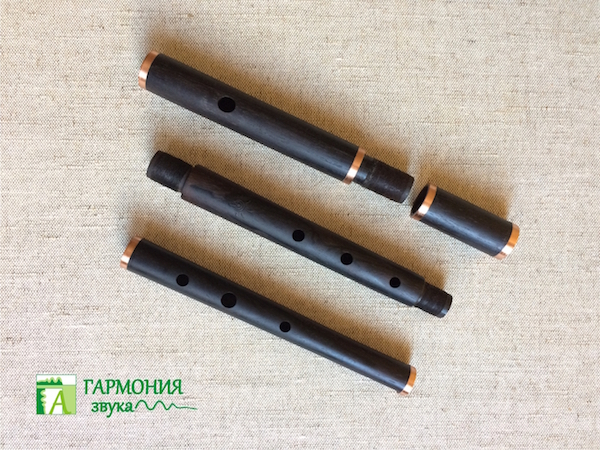

Where f is the resonant frequency, v is the speed of sound, A is the total area of openings in the vessel, and V is the volume of air enclosed in the vessel. P i t c h o f t h e n o t e = ( a c o n s t a n t ) × t o t a l s u r f a c e a r e a o f o p e n h o l e s t o t a l v o l u m e e n c l o s e d b y t h e i n s t r u m e n t The resonant frequency of a vessel flute is given by this formula: (heavily simplified, see simplifications) Other things being equal, vessel flutes are louder when they use more air, and when they are being played at higher pressures. Vessel flutes use the air in a vessel for amplification the vessel acts as a Helmholtz resonator. The resonant frequency is the pitch of the note that is heard. "chiff"), but those frequencies that match the resonant frequency of the resonating chamber are selectively amplified. AmplificationĪt first the sound is a broad-spectrum "noise" (i.e. įingering holes and fingers that are too close to the labium disrupt the oscillation of the airstream and hurt the tone. A few have plungers that change the chamber volume. Vessel flutes generally have no tuning mechanism, partly because they rely on variations in breath pressure and partly because the volume of the chamber and the size of the voicing need to be matched to produce a good tone. This is why it is hard to learn to play a vessel flute in tune. The optimal breath force depends on which pitch is being sounded (according to the instrument's breath curve). Breath force can change the pitch by several semitones, though too much or too little air will also harm the tone, so the usable range of tones is much smaller. The pitch of a vessel flute is affected by how hard the player blows. Fippleless flutes are called edge-blown flutes. Others rely on the player's lips to direct the air against the edge, like a concert flute. Some vessel flutes have a fipple to direct the air onto the labium edge, like a recorder. The opening at which this occurs is called the voicing. The airstream alternates quickly between the inner and outer side of the edge. Sound is generated by oscillations in an airstream passing an edge, just as in other flutes. Just as in a fipple flute, the airstream alternates quickly between the inner and outer side of the labium another diagram, with fipple. In this case, the labium is the edge of the far side of the hole. These are sounded by blowing across a hole, just like blowing across the opening of an empty bottle. Acoustics Sound production Air pressure oscillating in the body of a vessel flute with no fipple. A nose whistle also uses the mouth as a resonating cavity, and can therefore vary its pitch. The shepherd's whistle is an unusual vessel flute the fipple consists of two consecutive holes, and the player's mouth acts as a tunable vessel resonator. Ipu ho kio kio (a similar instrument from Hawai'i).Kōauau ponga ihu (a Māori gourd vessel flute played with the nose).They have no fipple and rely on the player's mouth to direct the air at an edge. Edge-blown vessel flutes Borrindos, vessel flutes made of clay, often by children. These flutes have a fipple to direct the air at an edge.Ī referee's whistle is technically a fipple vessel flute, although it only plays one note. Problems playing this file? See media help. As a result, vessel flutes have a distinctive overtoneless sound.Ī scale played on a xun, an edge-blown vessel flute (note the lack of fipple) Most resonators also amplify more overtones. Ī Helmholtz resonator is unusually selective in amplifying only one frequency. Multi-note vessel flutes include the ocarina. This is unlike the resonance of a tube or cone of air, where air moves back and forth along the tube, with pressure increasing in part of the tube while it decreases in another.īlowing across the opening of empty bottle produces a basic edge-blown vessel flute. The air in the body of a vessel flute resonates as one, with air moving alternately in and out of the vessel, and the pressure inside the vessel increasing and decreasing. Vessel flutes have more spherical hollow bodies.

Most flutes have cylindrical or conical bore (examples: concert flute, shawm). The body is vessel-shaped, not tube- or cone-shaped. Blowing across the opening of empty bottle produces a basic edge-blown vessel flute.Ī vessel flute is a type of flute with a body which acts as a Helmholtz resonator.


 0 kommentar(er)
0 kommentar(er)
